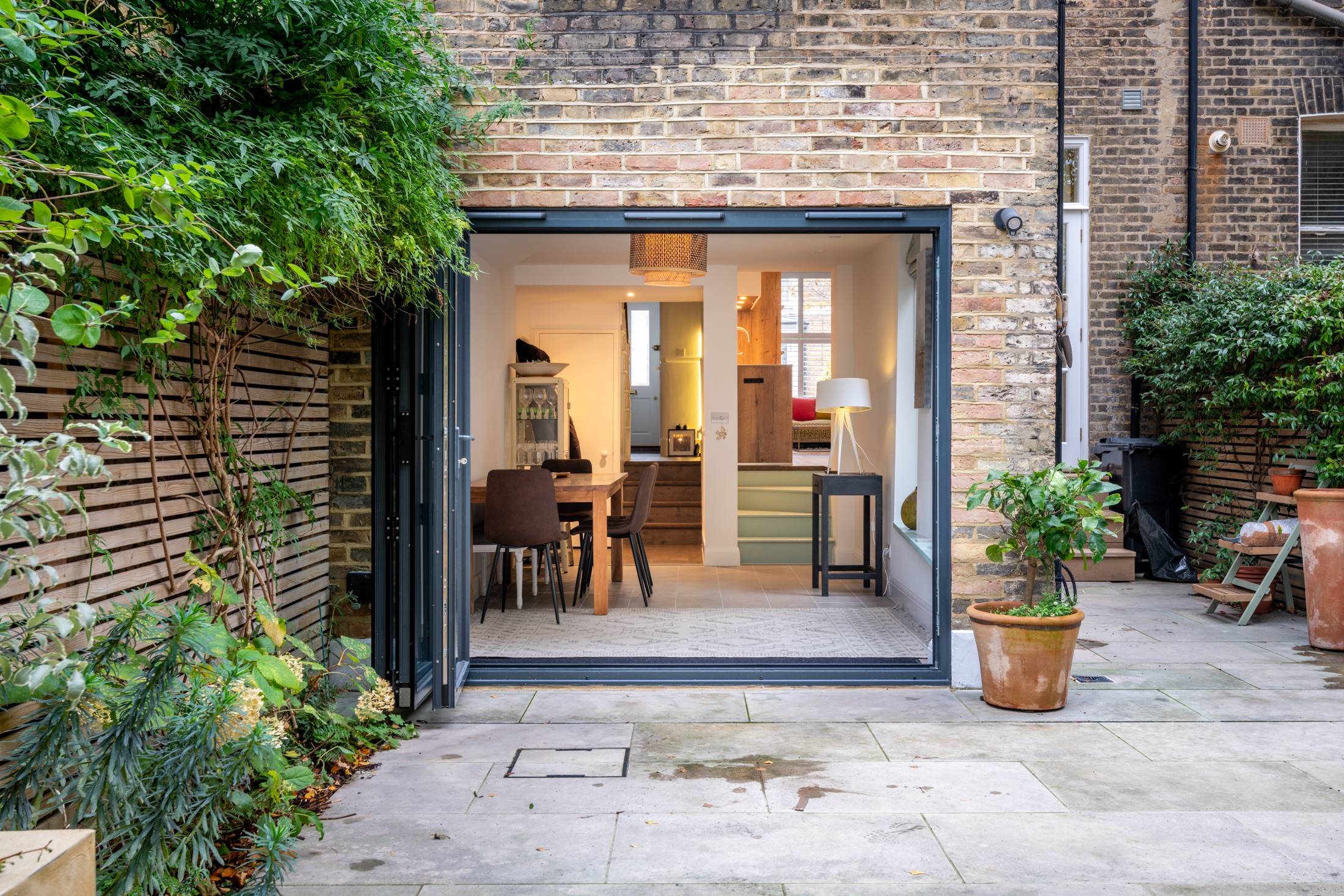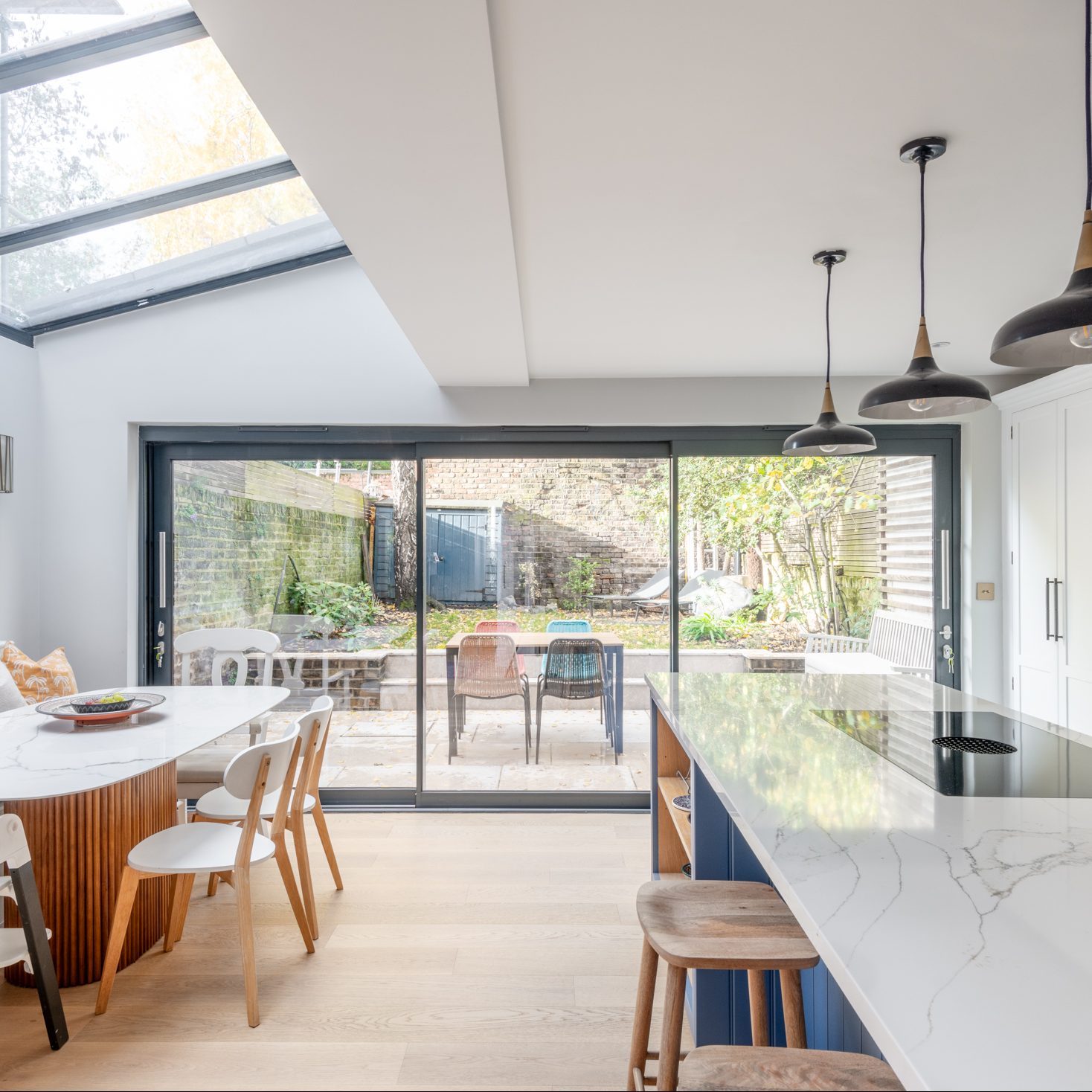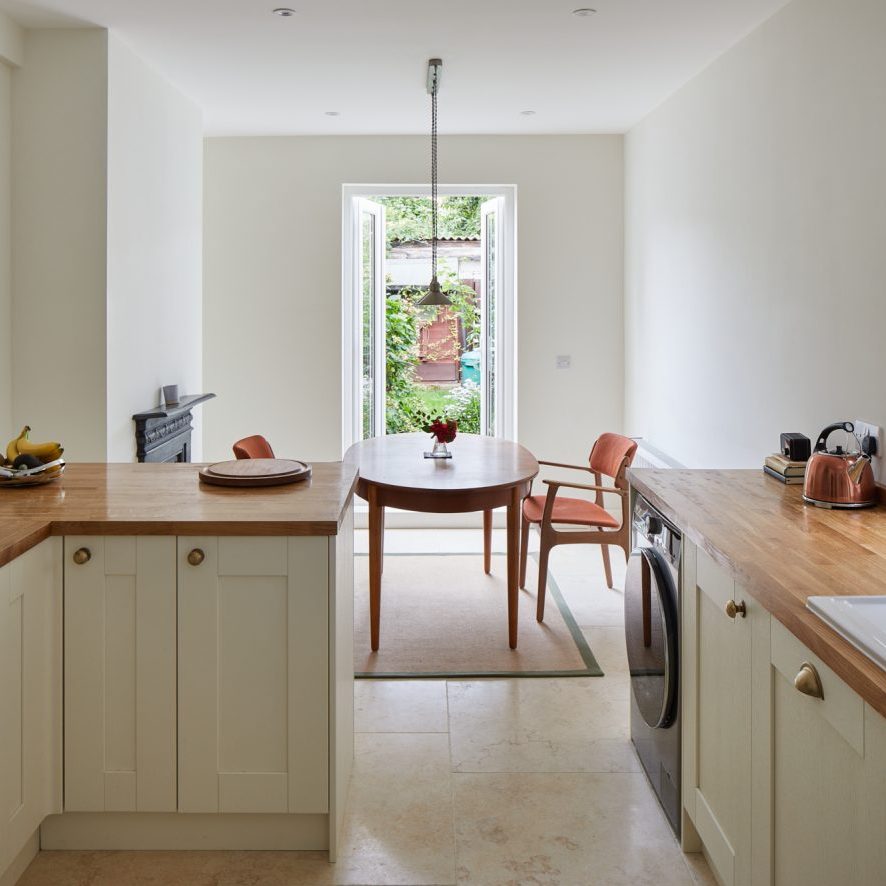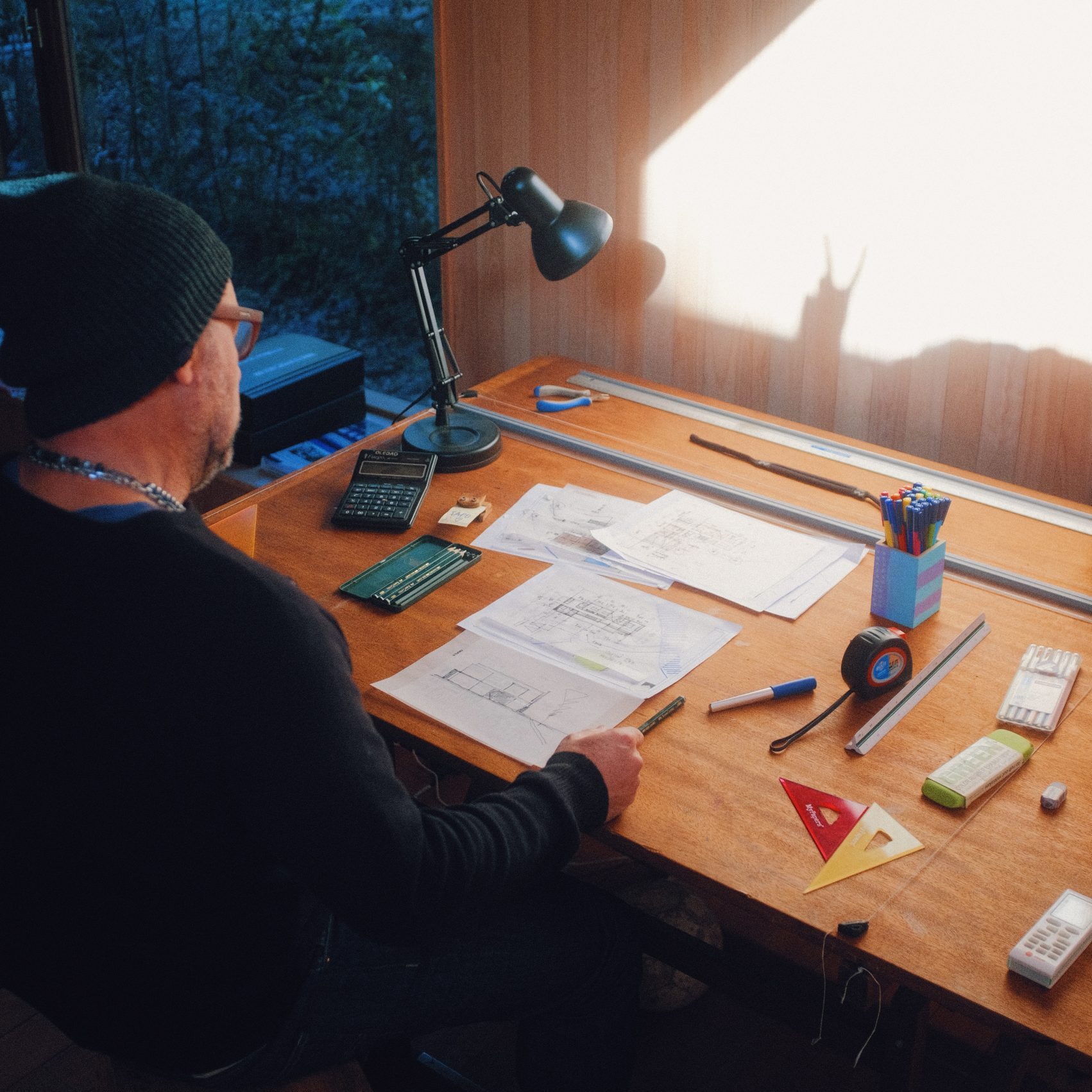The Benefits of Reusing in Home Projects
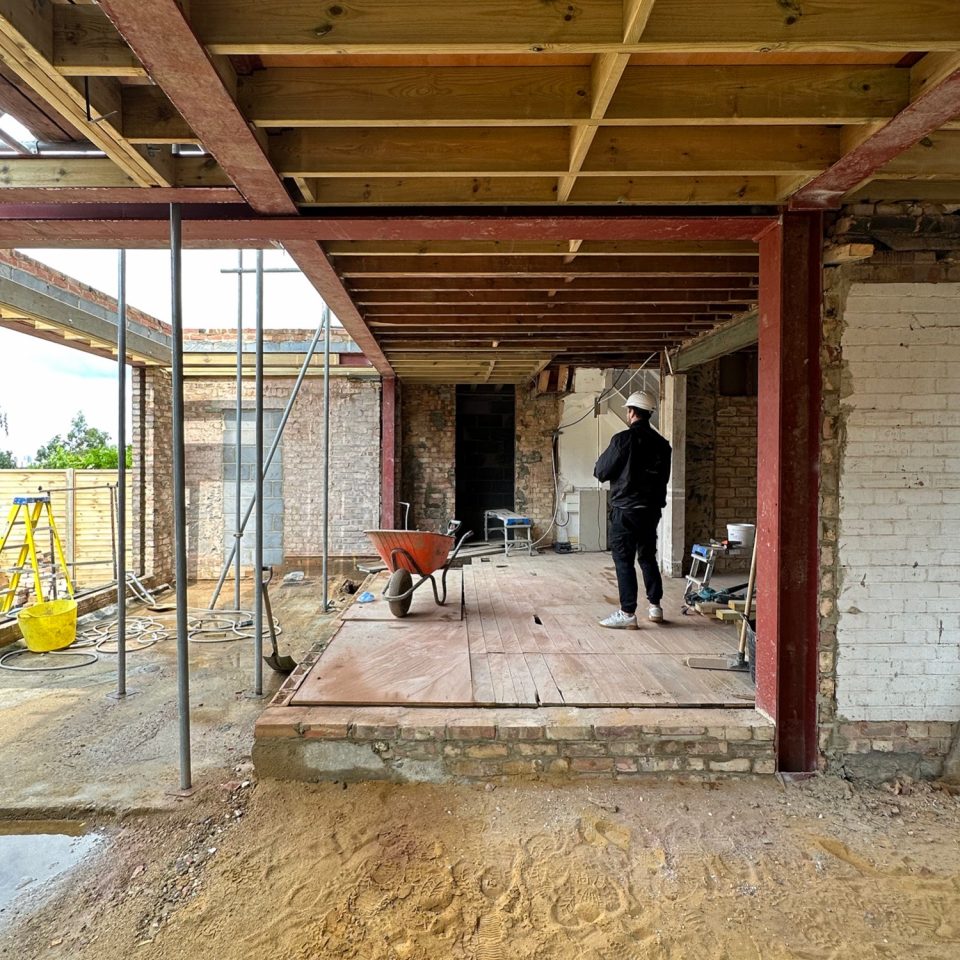
By Harry Molyneux, Director at My-architect, London
In the dynamic world of architecture and home improvements, there’s an underlying trend that’s reshaping the way we approach projects: reusing. While some might believe reusing implies compromising on luxury or finish, many upscale homeowners are discovering the myriad benefits of incorporating reused materials and items into their designs. These not only ensure sustainability but can also add character and uniqueness to the space. For homeowners plotting extensive projects, often exceeding £100k, understanding the benefits of reusing can influence design decisions while also calculating costs more effectively.
1. Economic Benefits
From the get-go, reusing existing materials or sourcing reclaimed items can substantially reduce home extension costs and home renovation costs. For those embarking on loft conversions, old beams, floorboards, or tiles can be repurposed, diminishing the overall loft conversion costs. Using a cost calculator, one can easily discern the potential savings achieved by reusing, making it an enticing proposition for budget-conscious homeowners.
2. Environmental Impact
Every piece of material reused translates to one less item in a landfill. By opting to repurpose or use reclaimed materials, homeowners actively contribute to reducing their carbon footprint. In a world grappling with climate change, every small effort counts. An added bonus? Reused materials, particularly those with some age, often have an authenticity and aesthetic appeal that’s hard to replicate with brand-new items.
3. Enhanced Character and Aesthetics
Imagine a luxury home extension that boasts reclaimed wood from a historic building or tiles from a bygone era. Not only do these elements tell a story, but they also lend a unique character to the space, making it stand out. Vintage fixtures, antique panels, or repurposed furniture can act as focal points, adding layers of depth and interest to the renovated space.
4. Proven Durability
Materials that have withstood the test of time and are still in good condition are likely to be durable. Think of aged hardwoods or vintage bricks; their continued existence proves their resilience. By incorporating such elements into your home project, you’re opting for tried-and-tested durability.
5. A Sense of Legacy and Continuity
Reusing can connect spaces across different times, allowing homeowners to feel a sense of continuity. For instance, using bricks or tiles from one part of a house in a new extension can seamlessly weave the new with the existing, creating a harmonious blend of old and new.
In Conclusion
For homeowners poised to embark on their renovation journey, it’s worth considering how reused materials can be integrated into the blueprint. The outcome? A home that’s not just beautiful and unique but also economical and environmentally-conscious.
Home renovations, extensions, and loft conversions represent not just a physical transformation but also an evolution of the space’s very essence. By introducing the principle of reusing into these projects, homeowners can enjoy a plethora of benefits. Whether it’s the tangible impact on calculating costs or the intangible satisfaction of owning a space brimming with character and stories, the benefits of reusing are manifold.

